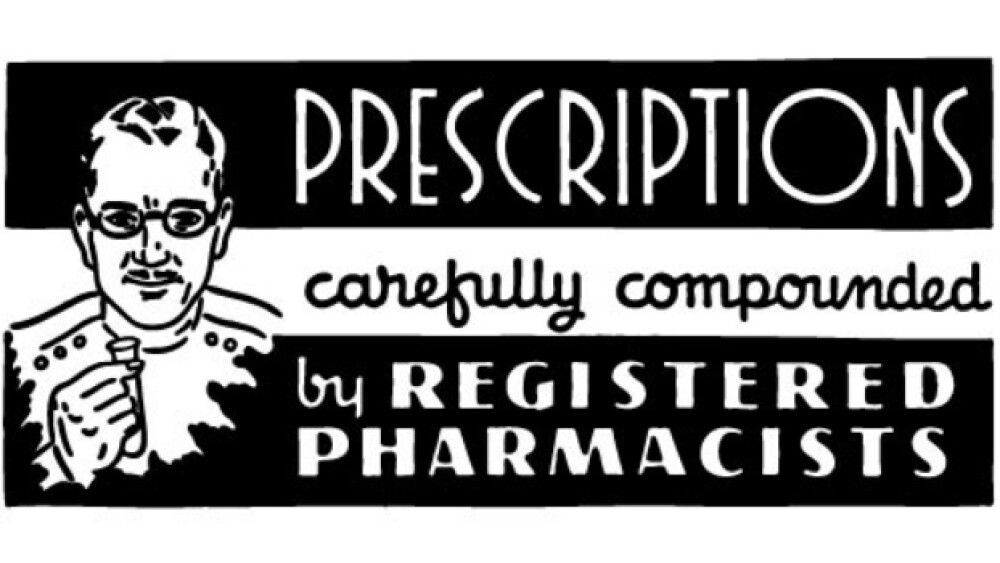The pharma industry has developed ad campaigns to tout the efficacy of its branded products to consumers, often using celebrities to add his or her personal stamp onto a pharmaceutical product.
In July, Pfizer’s anti-smoking medication Chantix got something of a facelift. Noted actor Ray Liotta of “Goodfellas” fame became the face of the medication.
In the commercial, which is airing on most channels, Liotta says “I’m Ray, and I quit smoking on Chantix.” In his testimonial, Liotta pointed to the roles in his film career. He said he’d often play the role of the “tough guy,” then added, “but I wasn’t tough enough to beat smoking on my own.” Liotta said the medication reduced his urge to smoke so much that he was able to stop the habit.
Liotta became the first public face to endorse the efficacy of Chantix as an aid to stop smoking. The ad gives a high-profile face to a medication and makes it easy for consumers to remember. Liotta’s endorsement is one example of how the pharma industry has developed ad campaigns to tout the efficacy of its branded products to consumers. Liotta isn’t the first celebrity to add his or her personal stamp onto a pharmaceutical product. Nor, is he the most famous.
Iconic golfer Arnold Palmer was a spokesperson for Janssen’s blockbuster blood thinner Xarelto. In commercials that ran a few years ago, Palmer was joined by other celebrities, including actor and comedian Kevin Nealon, NBA All-Star Chris Bosh and NASCAR driver Brian Vickers.
Another famous golfer, Phil Mickelson, became the promotional face for Amgen’s blockbuster drug Enbrel. Mickelson took the drug for joint pain associated with psoriatic arthritis. Amgen put together several different commercials featuring Mickelson and his family members talking about how the medication was able to help Mickelson continue to play golf at a professional level, as well as do “dad things.”
Another celebrity endorsement from a few years ago was something of a stunner to many people watching at home. War hero, longtime U.S. Senator and former presidential candidate Bob Dole became a spokesman for a Pfizer-sponsored campaign encouraging people to learn more about erectile dysfunction. The campaign launched after the FDA approved Viagra, Pfizer’s erectile dysfunction pill. In the 1999 ad campaign, Dole never mentioned the Pfizer medication. He just stressed the importance of talking and learning about erectile dysfunction because, although it could be embarrassing, it’s something that’s important to men and their partners. He encouraged people to get checked for the condition.
“It may take a little courage, but I’ve always found everything worthwhile does,” Dole said in the commercial.
Not all effective pharma advertising is celebrity based. Pfizer also ran a very successful animated commercial for its depression medication Zoloft. Often referred to as the sad blob because of the tears it cries, the animated character doesn’t talk during the commercial, only wanders around in a sad state. The scenery reflects the depression the character is feeling until the sad blob takes the medication and begins to return to happier experiences.
Regular folks also make appearances in pharma commercials. In “The Big Meeting” commercial for Allergan’s Viberzi, an actress portrays an office worker who is plagued by diarrhea from irritable bowel syndrome. She urges co-workers to start the big meeting without her as another actress portraying her inner body ushers the worker into the closest bathroom. Novartis coupled the regular folk concept with the iconic Broadway song “Tomorrow” from “Annie” to great effect in promoting Entresto, a treatment for heart failure. AstraZeneca also used “Frank” to tout the efficacy of Movantik for opioid-induced constipation. In the commercial known as “Frank’s Moment,” Frank recounts becoming constipated due to taking opioids for chronic pain. His doctor prescribes the AstraZeneca medication and his problem is solved.
Pharma companies employ various means to get the message out to consumers regarding their treatments. While the commercials can be costly due to celebrity appearances, the aim is to spur product recognition from consumers who then may request a branded drug as a treatment option when meeting with their prescriber.





